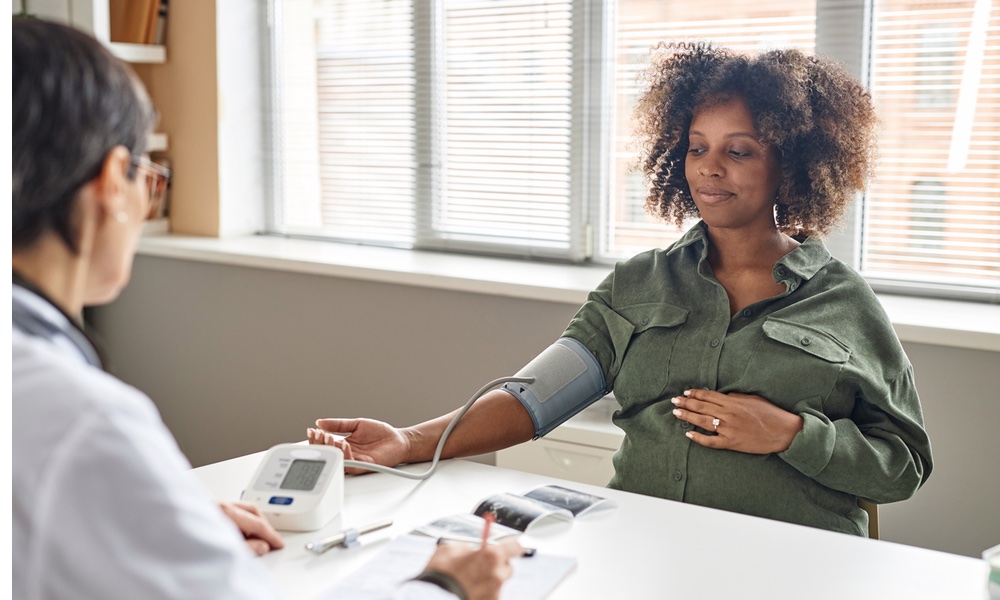Controlling your blood pressure is serious business. If you have high blood pressure and it is not controlled, your risk of heart attack, heart failure and stroke goes up. While medications are often needed to manage blood pressure, lifestyle changes also play a big role. A healthy diet full of fruits and vegetables provides nutrients that help lower blood pressure, but a healthy diet won’t help your blood pressure if you’re eating too much salt.
The likelihood of hypertension increases with age. Nearly 75 percent of adults over 70 suffer from elevated blood pressure. Another third has prehypertension, blood pressure numbers above normal but not high enough to be classified as hypertension. Lifestyle changes, like a healthy diet and regular exercise, can help prevent that progression.Unfortunately, a diet high in potassium and plenty of nutrients related to lower blood pressure — was not enough to keep blood pressure down.
They also measured how much the participants consumed of over 80 nutrients. Fiber, vitamin C and omega-3 fats, all of which have been linked to lower blood pressure, are mostly found in fruits, vegetables and whole grains. Using the urine tests, as well as the dietary data, the researchers determined how much sodium and potassium people ate. Sodium is the main component of salt, and potassium, which has been linked to lower blood pressure, is found in large quantities in many fruits and vegetables.
Unfortunately, a good diet — one high in potassium and plenty of fruits and vegetables containing nutrients related to lower blood pressure — was not enough to keep blood pressure down, the team found. Regardless of how healthy people's diets were otherwise, if they ate a lot of sodium, they had higher blood pressure.
Salt intake levels varied among the people from the nations represented in the study. Salt intake in the United Kingdom averaged 8.5 g a day. Participants from the USA, China and Japan averaged 9.6 g, 13.4 g and 11.7 g of salt a day, respectively. The U.S. Dietary Guidelines for Americans recommend that sodium be limited to no more than 2.3 grams, or about one teaspoon, per day.
A 7 g or 700 mg (1.2 teaspoons) increase in salt above the average intake was associated with a 3.7 mm/Hg increase in systolic blood pressure, the study found. Systolic blood pressure is the force with which the heart pumps blood around the body and is the first (top) number in a blood pressure reading. The more important second number, diastolic pressure, is the resistance in the arteries to blood flow. When arteries become hard or clogged by cholesterol, this resistance goes up, raising blood pressure.
The good news is that reducing blood pressure just a little can lower the risk of conditions such as stroke.Cook at home more often than you eat out. Pay attention to how much salt you use when cooking. Get wise to the hidden salt in foods like pizza.
“We currently have a global epidemic of high salt intake — and high blood pressure. This research shows there are no cheats when it comes to reducing blood pressure. Having a low salt diet is key — even if your diet is otherwise healthy and balanced,” said Imperial College London's Queenie Chan, one of the study authors, in a statement.
The salt shaker isn’t the biggest problem for most people. The amount of processed foods you eat — anything in boxes, cans, packages or otherwise pre-prepared for you, including restaurant food — is a bigger contributor to a high salt diet.
Of course, each of us needs to monitor how much sodium we eat as well. Focus on increasing the amount of fresh fruits, vegetables and whole grains you eat. Get wise to the hidden salt in convenience foods like pizza. Cook at home more often than you eat out. Pay attention to how much salt you use when cooking and lay off the salt shaker.
The study is published in Hypertension.





